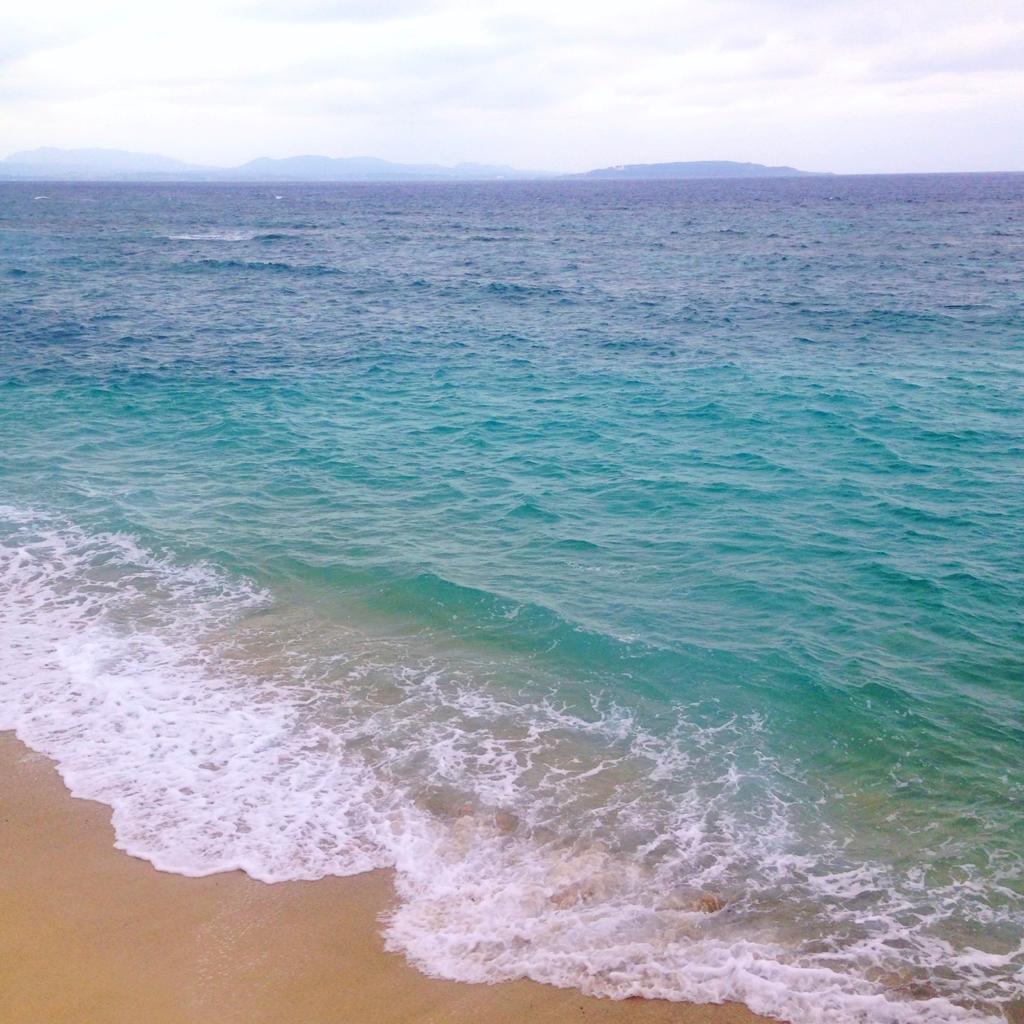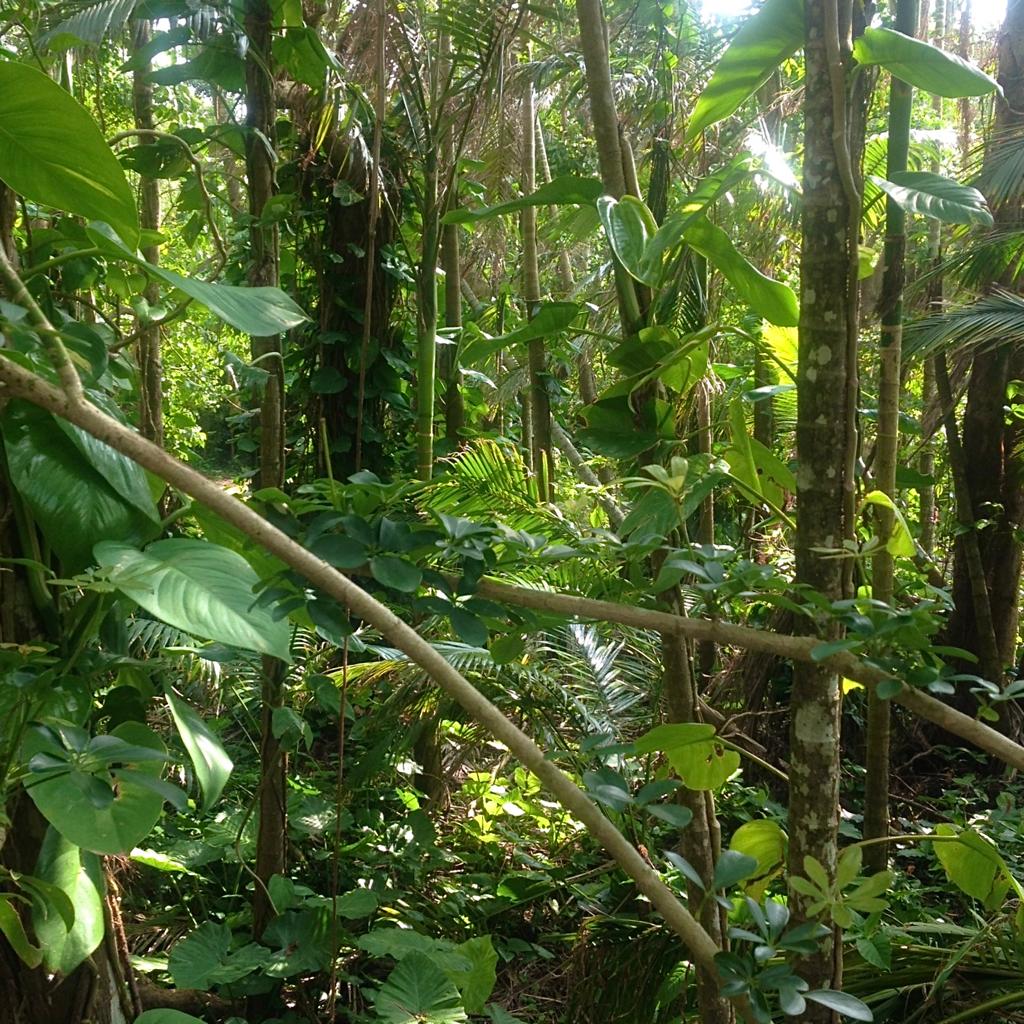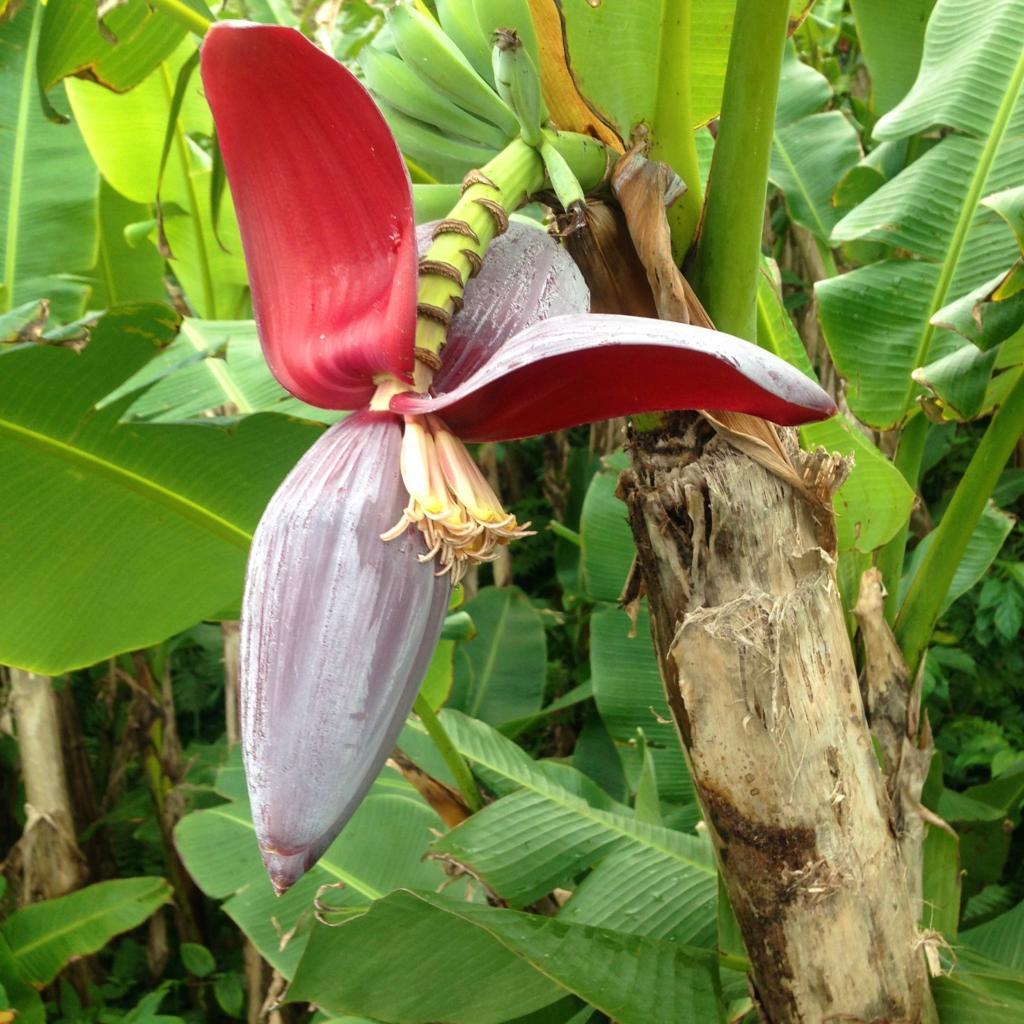by Sarah Bijlsma
This week, Japan celebrated the 50-year anniversary of Okinawa’s return to the mainland. After being governed by the US since the end of WWII, the administration of the prefecture was handed back to prime minister Eisaku Satō (1901-1975) on the 15th of May 1972. On the anniversary day, the central and national governments held ceremonies simultaneously in Tokyo and Okinawa including a video message from the Japanese Emperor and Empress. In the months before the anniversary, national and local media platforms took the opportunity to publish articles, interviews, and visual content that address various aspects of Okinawa Prefecture. In this blogpost, I will discuss two examples that illustrate the different ways the Japanese media represents the prefecture.
One strand of publications echoes hegemonic discourses of ‘Okinawa difference,’ including romanticized representations of the islands’ distinct culture and social life [1]. NHK, for example, since April broadcasts the morning drama Chimudondon. The asadora tells the story of a farmer’s daughter from the lush Yanbaru area, who opens an Okinawan restaurant in Tokyo in her adult life. The scenes are full of natural sceneries, local dishes, traditional crafts, and the large families Okinawa is known for. In the third episode, when the girl is still a child, she talks with the father of a friend who just moved from the capital to her small village. Standing under a shikuwasa tree with the blue sea shines bright in the background, she wonders out loud, “Isn’t Tokyo a much more interesting place?” The man replies: “You know, to you this village is your hometown.” “My hometown?” the girl looks confused [2]. The natural environment, genuine human relationships, and use of the Japanese term furusato for hometown instantly evokes a nostalgic feeling for all that is lost in urbanized Japan.
Copyright © Sarah Bijlsma 2019
What is noticeable, however, is that in addition to such romanticized representations media channels gave much attention to the ongoing social and economic issues the prefecture is facing—a different translation of ‘Okinawa difference.’ Especially regarding the US military presence on the islands and the relocation of the Futenma base to Henoko, news platforms do not shy away of featuring critical voices. Asahi Shinbun, for example, featured an interview with a woman who joined the protest march that was held in the streets of Naha on 15 May 1972. She recalls that on the day of the reversion, rain came pouring from the sky. It was not a celebrative atmosphere; while she was only a high school student, she was somehow aware that it was not the return that she had wanted. Yet only years later, when she started working with children herself, she became to understand the irrationality of the situation in Okinawa more deeply. Even after the reversion to Japan, sexual assaults of children and women by US soldiers and helicopter accidents continued to occur significantly. The woman states that she feels that Okinawans are treated as if their lives do not matter much. Land reclamation in the Henoko sea continues, while she does not believe that there is anyone in the prefecture who agrees with that [3].
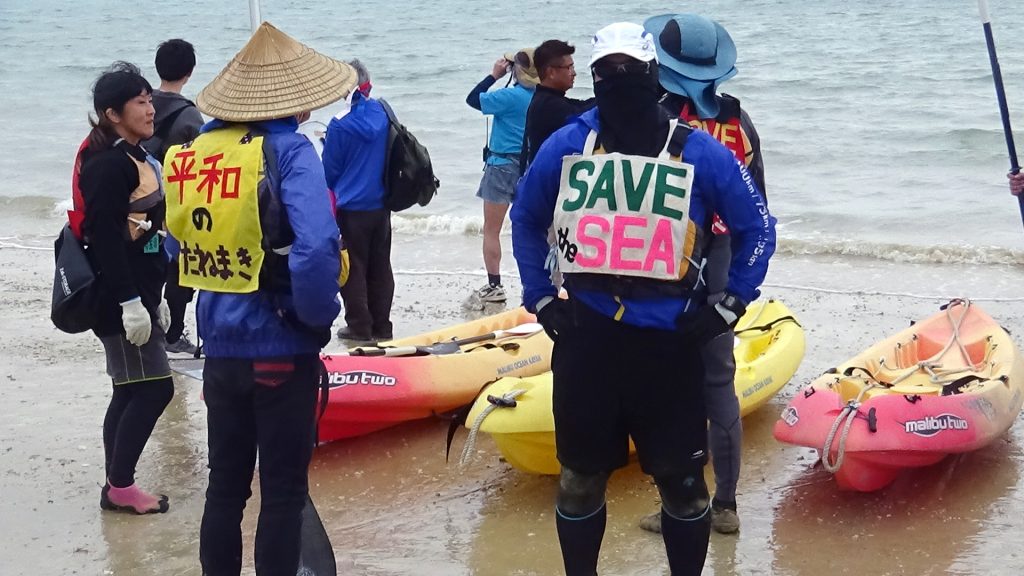
Copyright © Sarah Bijlsma 2019
During the ceremonies on the 15th of May, many references were made to Okinawa’s present-day issues as well. Prime Minister Fumio Kishida acknowledged Okinawa’s lacking economy and continuing burden of the bases, pledging to “steadily make visible progress on the alleviation of the burden while maintaining the deterrence offered by the Japan-U.S. alliance” [4]. Okinawa governor Denny Tamaki urged the central government to turn Okinawa finally into “islands of peace” [5]. These statements and the media coverage illustrate that there is an increasing ground to openly debate social issues in present-day Japan. People more often take a clear stance; a newly conducted survey by Kyodo News showed that ca. 80% of the Japanese does not find it fair compared to other prefectures that Okinawa hosts more than 70% of Japan’s US military bases [6]. It is my hope that these and other debates continue to be held in and outside of Okinawa, also after this ‘anniversary’ year.
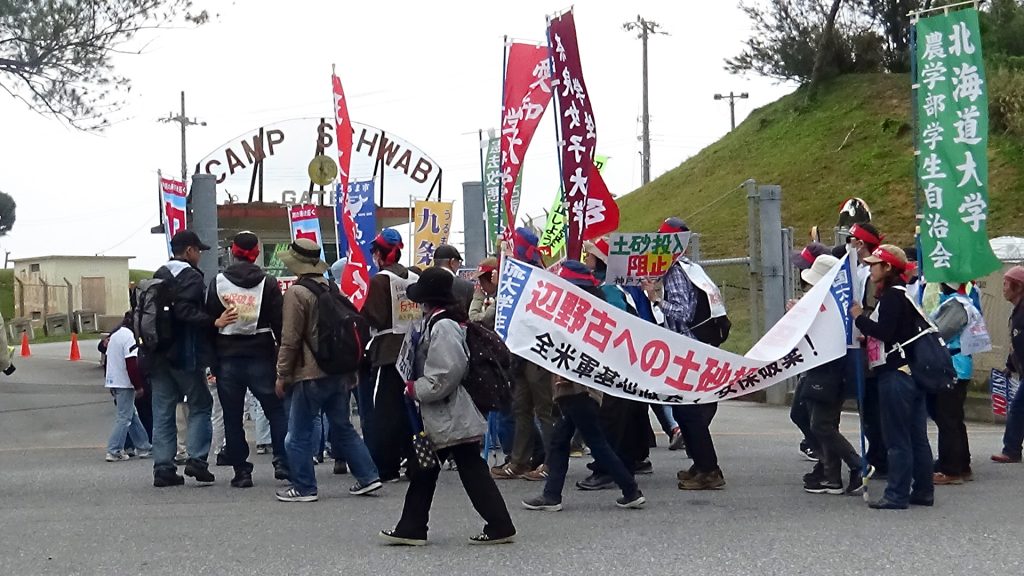
Copyright © Sarah Bijlsma 2019
References
[1] See for example Hein, Ina. 2010. “Constructing difference in Japan: Literary counter-images of the Okinawa boom”, Contemporary Japan 22, 179-204.
[2] Chimudondon. NHK, 2022. Episode 3.
[3] Asahi Shimbun. 11 May 2022. (fukki 50 nen, sorezore no Okinawa) demo shashin ni, kōkōsei datta watashi kyōin ni nari rikai shita, Okinawa ga seou rifujin [(50 years after return, every Okinawa) I was a high school student on the photo of the demonstration, when I became a teacher I understood the irrationality that burdens Okinawa].
[4] Kyodo News. 15 May 2022. “Okinawa marks 50 years since reversion to Japan.” Via: https://english.kyodonews.net/news/2022/05/48ab72b43dd5-okinawa-marks-50-years-since-reversion-from-us-rule-as-bases-remain.html
[5] Kyodo News. 15 May 2022. “Okinawa marks 50 years since reversion to Japan.” Via: https://english.kyodonews.net/news/2022/05/48ab72b43dd5-okinawa-marks-50-years-since-reversion-from-us-rule-as-bases-remain.html
[6] Japan Times. 5 May 2022. “Nearly 80% of Japanese think Okinawa’s base-hosting unfair”.

